How to stop worrying and start shooting panoramas

Sometimes the technical capabilities of photographic equipment are not enough to capture the picture that appears to our eyes. At such moments, you have to go to all sorts of tricks, without which the photo simply will not work.
For example, one of my favorite subjects is clouds. I really like to watch the sky as clouds appear, roll from one figure to another, disappear, and new ones appear in their place. But in order to make a beautiful photo of clouds, the resolution and viewing angle of a digital camera are often not enough, so you have to take panoramas. Panoramic photo is a common photo, collected from many separate frames with fragments of the scene. The process of assembling panoramas in the editor is called gluing panoramas. I will not paint every step - I will give general information that will allow you to start gluing panoramas, and you will analyze the details of the programs yourself if you wish.
Taking pictures and gluing a panorama is not as difficult as it might seem at first glance. There are simple rules for shooting, adhering to which you can get a good source material for gluing panoramas.
The first rule is to use the same exposure pair for all fragments. That is, you must put the camera in "M" mode, set the sensitivity, shutter speed and aperture and with these parameters take all the frames for gluing the panorama. In order to find out these parameters, take a few test frames of interesting fragments of a future panorama and see what happens.
The second rule is to shoot with an overlap of at least 1/3 of the frame. That is, if, for example, you photograph a panorama in one row by moving the camera from right to left, then the left 1/3 of the frame becomes the right 1/3 on the next frame.
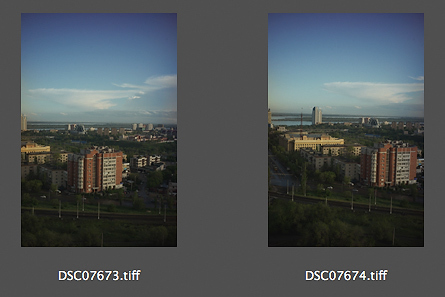
Here the overlap is even more than 1/3
Third, it’s not even a rule, but rather a recommendation, try not to shoot the panorama with a wide-angle lens, otherwise you

Here the straight streets have unrecognizably changed. Shot at 24mm (34 vertical frames in 3 rows. Panorama resolution - 16782x9071, 152 MPx) Large size (4096 pixels on the long side)
Thus, following these simple rules, you can get great material for further gluing panoramas.
So, you have the material, it's time to start gluing. To begin with, if you shoot in RAW, you need to convert photos with the same settings so that fragments of the panorama do not differ from each other in exposure. After that, you need to select the Photomerge menu item in Photoshop and download the original photos.
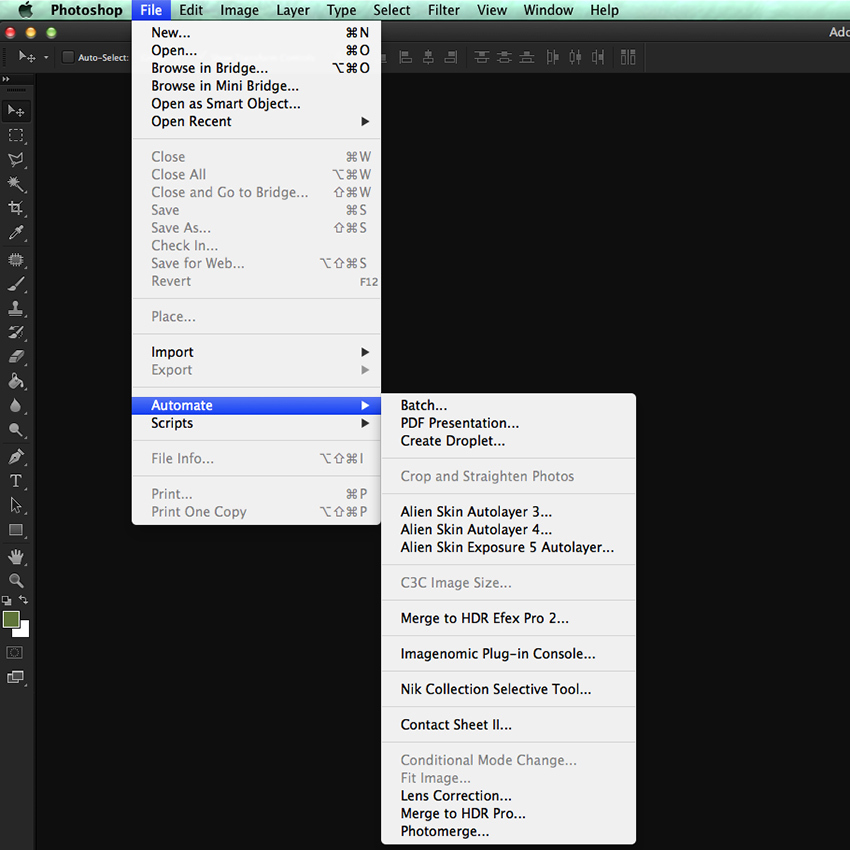
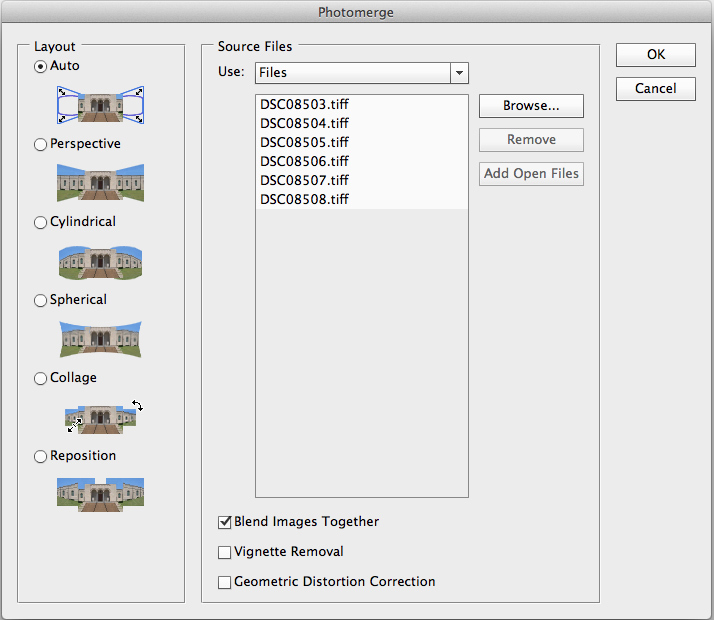
Most often, Photoshop automatically collects panoramas without user intervention.
For more complex cases, I prefer to use the PTGui program.
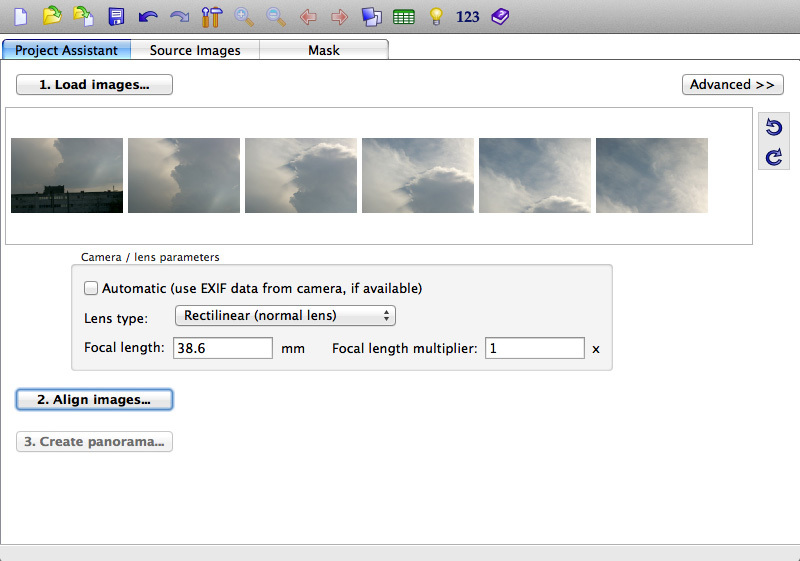
In especially difficult cases, when the program cannot match fragments by itself, it will ask you to do it.
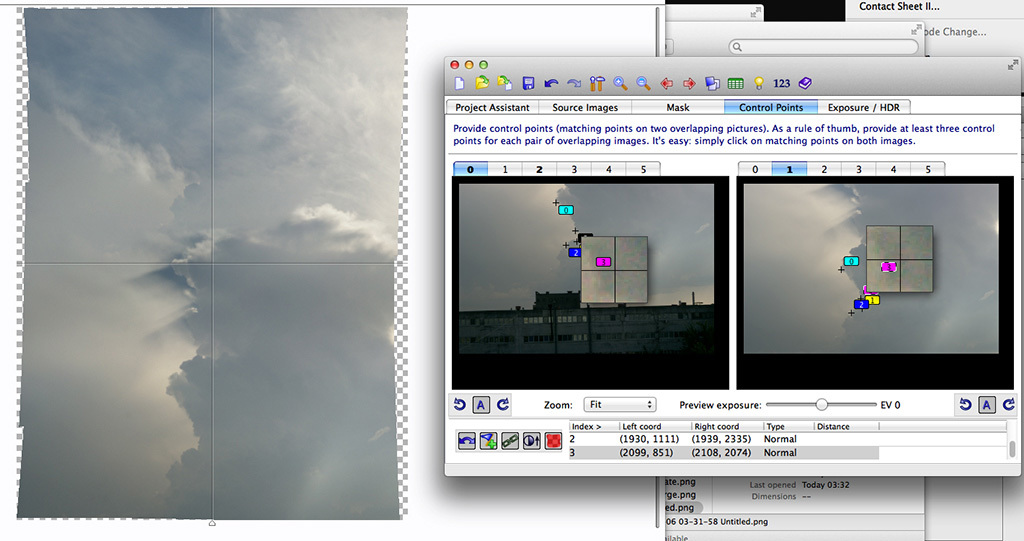
Here, for example, the panorama collected in Photoshop:
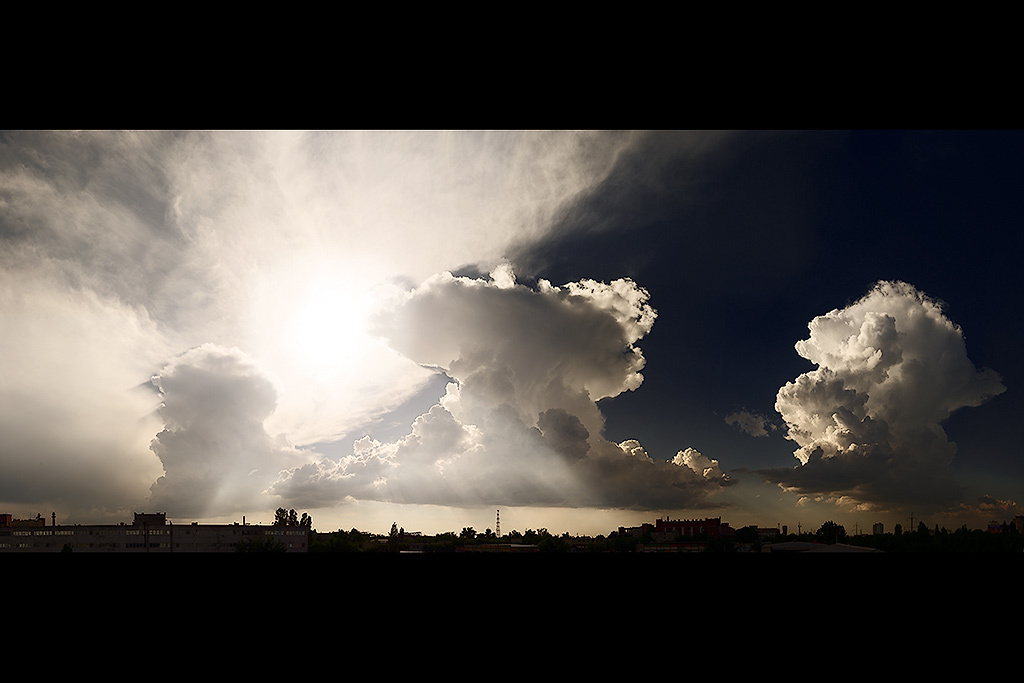
Shot on a Sony Nex-3 with a Pentax 50/2 lens (89 horizontal frames. Panorama resolution - 26750x11024, 295 MPs)Large size (4096 points on the long side)

Crop scale of 100%. Pay attention to the bird in the lower right.
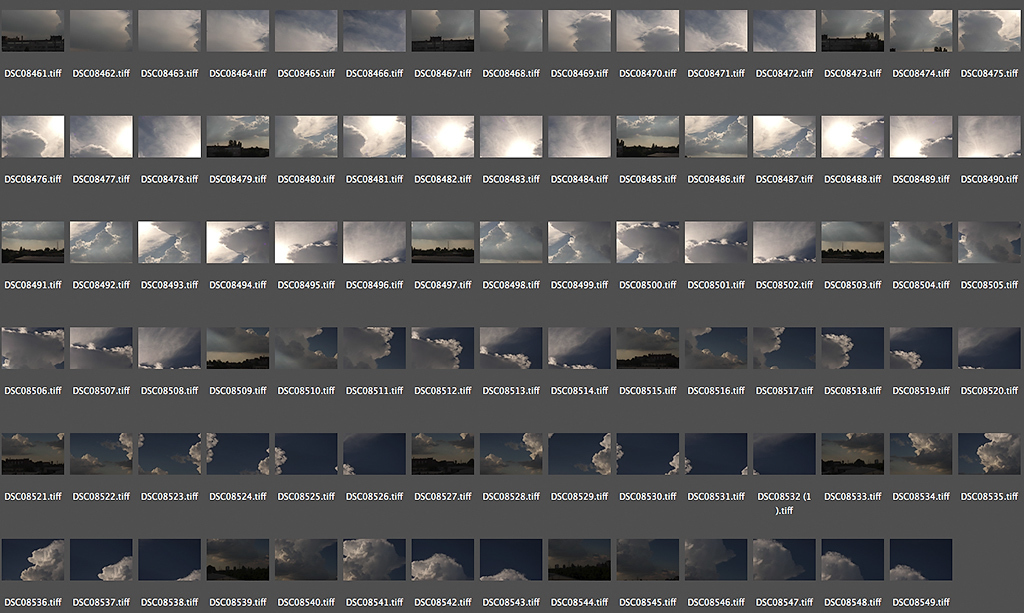
And these are the initial frames. Filmed in vertical stripes from bottom to top, from left to right.
Automation sometimes can’t do everything right and sometimes you have to intervene in the gluing process, or adjust the result.
In addition to landscapes, using panning, you can simulate shooting on large format cameras when you need to get a wide viewing angle and a shallow depth of field. This method is called the Brenizer method. Another name is bokerama. The bottom line is that we shoot fragmentarily, for example, a portrait with a telephoto lens, and then collect a panorama from these frames.
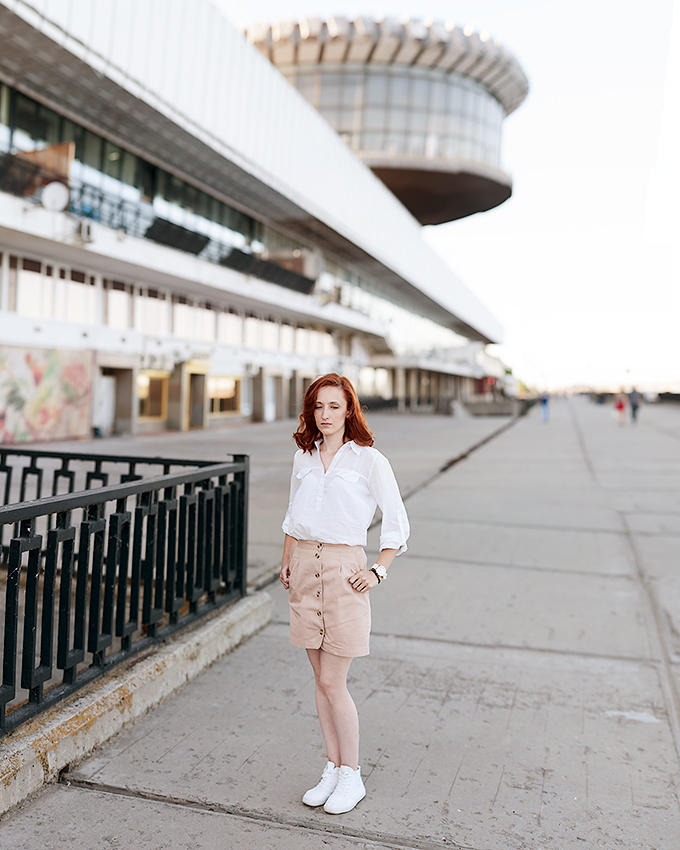
Shot on a Nikon D300 with a Nikkor 85 / 1.8D lens (50 horizontal frames. Panorama resolution - 11470x14337, 164 MPs)Large size (4096 points on the long side)
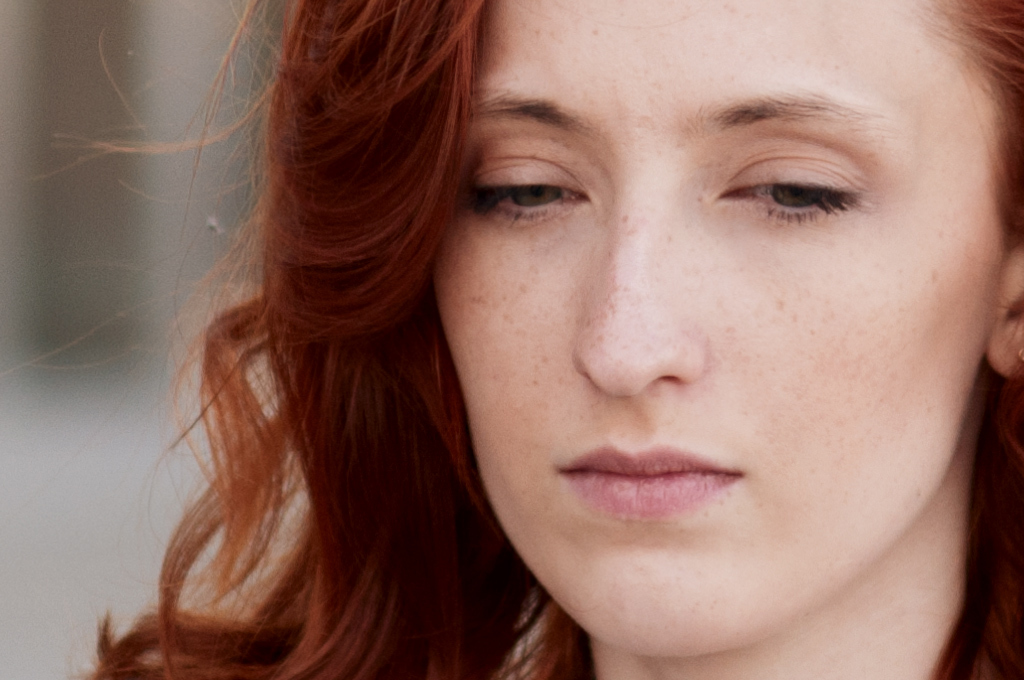
Crop scale of 100%.
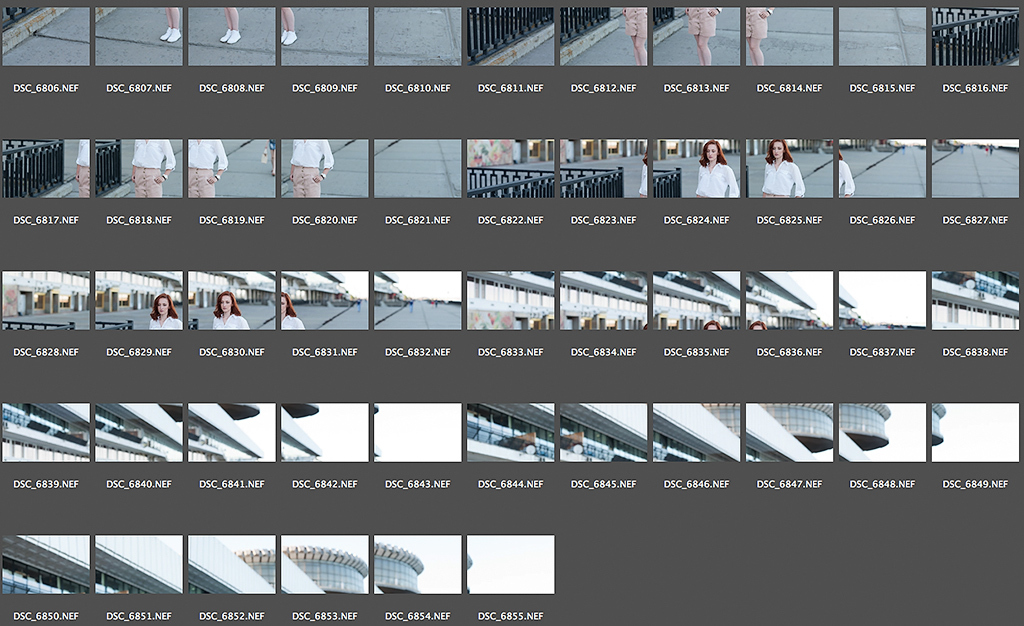
And these are the initial frames. Filmed in horizontal stripes from left to right, from bottom to top.
Here, briefly, but, it seems, quite clearly told about how I shoot panoramas. I hope you enjoyed it. If you have questions, ask in the comments. And yet - is it worth it to continue the series of articles on photography (including those with an IT bias - laser triggers for flash)?
UPD: In the comments, Hesed provided a link to the Brett calculator for the Brenizer method. I share the link and thank him.
